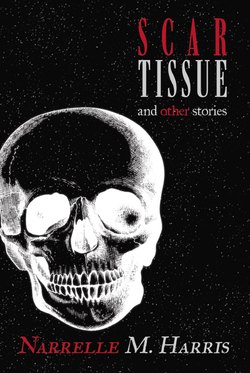Читать книгу Scar Tissue - Narrelle M Harris - Страница 5
На сайте Литреса книга снята с продажи.
Introduction
ОглавлениеThis collection is inspired by two ideas: hidden histories (both real and imagined) and scars. Those ideas can be separate or intertwined.
Walking around any town, any village, any city, I’m always aware of its small-picture unknown history. Who has walked this way before me? What worker, thousands of years ago, paused at the foot of this same pyramid, when it was still being piled stone upon stone? What Roman soldier took a breath as he stood by this wall when this great city was Londinium?
Hidden histories aren’t just separated from me by time. People walk past every day, and I wonder who they are and what their story is. That woman who is smiling as she talks on the phone; that lost looking man, that anxious teenage boy: what everyday histories are unfolding for them?
And sometimes, the world at large leaves unexplained artefacts behind: articles of clothing, jewellery, buttons, books, locks and keys. Signs of some other story of which I can only see a single sentence, or perhaps only a punctuation mark in what could be a comedy, a tragedy, or a bizarre adventure.
Found objects lack context, allowing the finder to imbue them with any number of meanings.
I always wonder how these items were parted from their owners, and whether the separation was amicable. I wonder, too, whether the separation left scars.
Almost everyone has scars. Some are physical and some are emotional or psychological. Some are deep and hurt every day. Others only ache when the weather changes or something reminds us of the wounds when they were fresh.
But scars are also a sign of survival. The dead don’t heal. If we have scars, and carry that pain and the memory of suffering, we also carry our survival with it. Precarious as that sometimes feels, here we are.
Here are some stories, old and new, about secret histories, invented stories, and the scars that show that we survived.
Narrelle M Harris
2019
